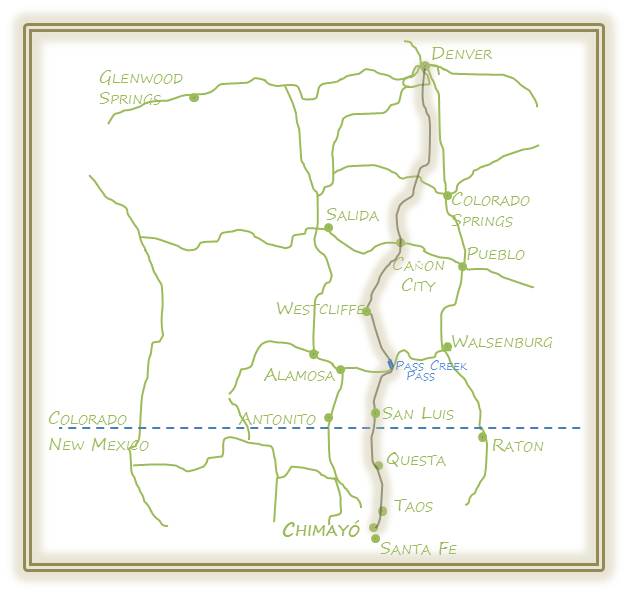For the many people interested in going on the pilgrimage but were unavailable or unsure, this is an opportunity to hear about the experience firsthand, look at the route on maps, ask questions, and see some photos.
The finishing touches of a book about the route are being made and it will be published and available at the presentation and afterwards at the parish office and through Tattered Cover Bookstores in Denver. More about the book in a blog after the launch.

